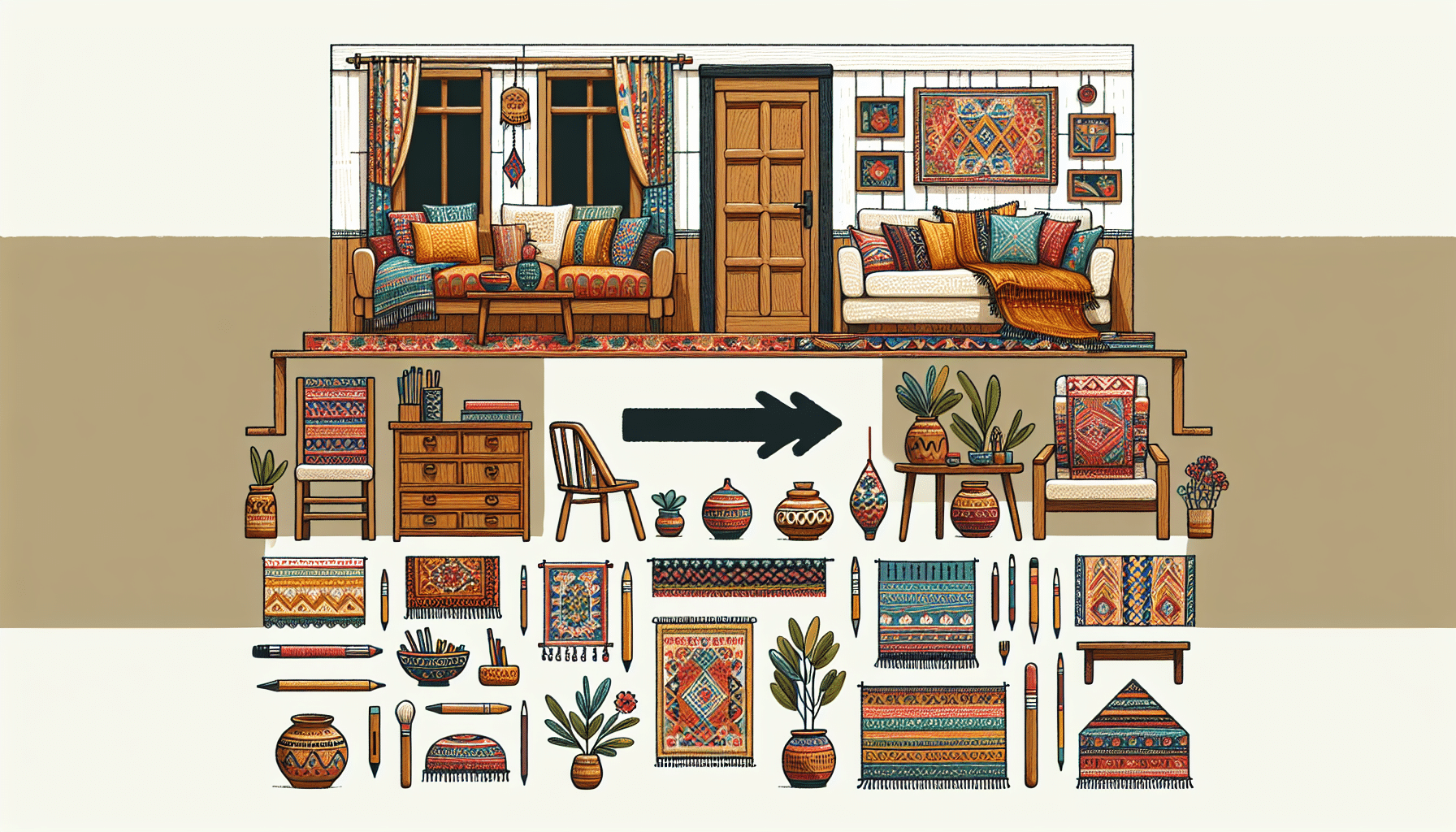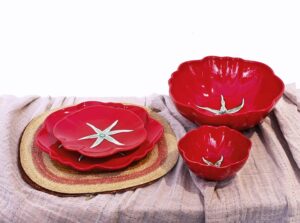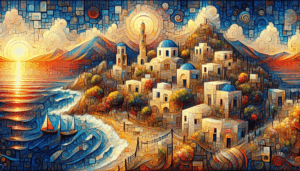In recent years, interior decoration has experienced a resurgence of interest in ethnic inspirations, an approach that not only transforms the home but also enriches the space with a mix of cultures and traditions. From Africa to Latin America, through Asia and the Mediterranean, different ethnic elements have become protagonists of a style that seeks to tell stories through design.
The trend of integrating ethnic touches into the home is not limited to the mere inclusion of decorative objects. It is a deeper appreciation that resonates with cultural roots and offers a meaningful connection to other parts of the world. Rugs with tribal prints, hand-carved wooden furniture, and ceramics painted with ancestral techniques are just some examples of how these elements can be integrated into modern homes.
This growing interest in ethnic influences also responds to a desire for authenticity in a world dominated by mass production. Local artisans, on their part, find in this trend an opportunity to showcase their work to a wider audience. Furthermore, thanks to fair trade, many of these products reach consumers with a story that speaks of sustainability and collaboration.
On the other hand, fabrics play a crucial role in this transformation of the home. Fabrics such as ikat, batik, or the use of materials like linen and cotton dyed with natural techniques add color and texture to any room. These textiles not only add a layer of sophistication but are also a way to embrace a more environmentally conscious lifestyle.
Color is another powerful tool in ethnic-inspired decoration. Earthy tones, deep reds, vibrant oranges, and intense blues can be used to create dramatic contrasts or to infuse warmth and welcome in different spaces. The variety of color palettes used in various cultures allows for almost infinite customization that caters to all tastes and preferences.
Architectural structure can also benefit from this trend. Incorporating arches reminiscent of Islamic architecture, mosaic tile floors, or the roughness of whitewashed walls like those in the Mediterranean are ways to bring a bit of the outside world into the home.
In summary, ethnic inspiration in decoration is not just a passing trend, but an invitation to travel without leaving home, to connect with diversity, and to create environments that reflect the richness of cultural heritage. In a world where borders blur and accessibility to different cultures is easier than ever, this trend promises to stay, offering a constant source of renewed inspiration.
Source: MiMub in Spanish












